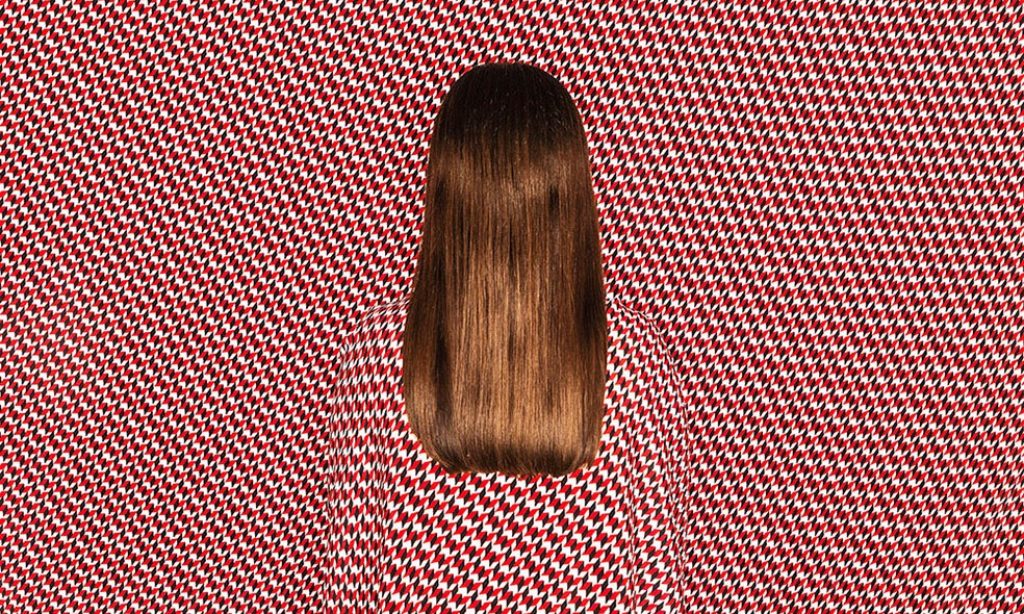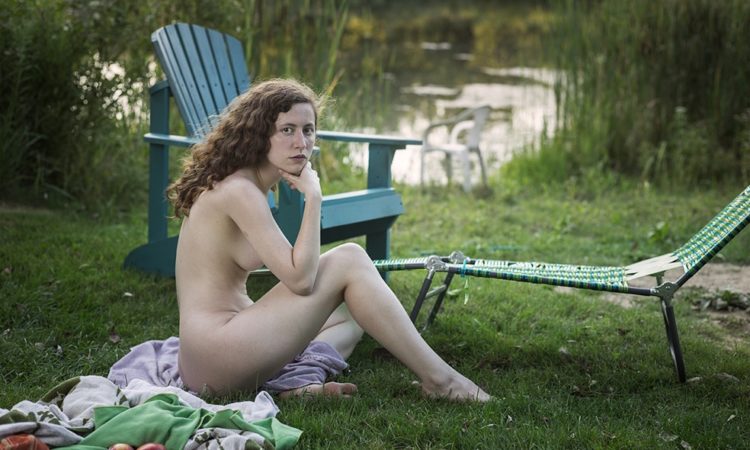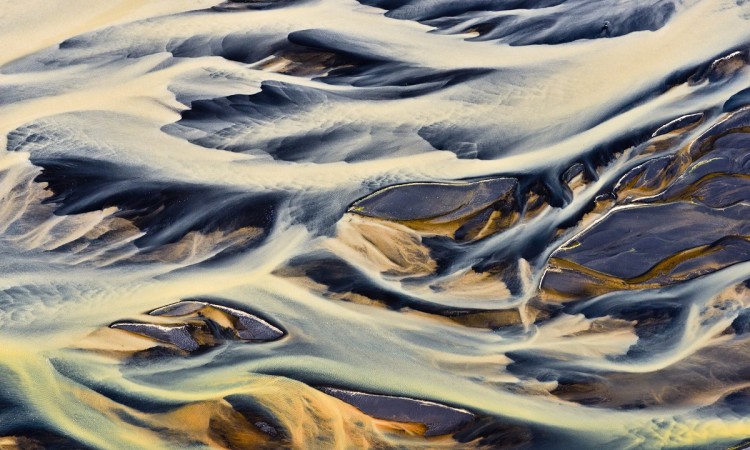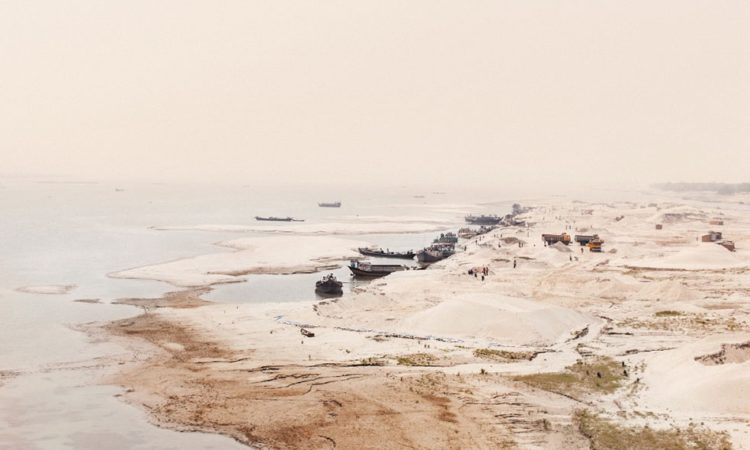Ana Santos is an emerging fine art photographer based in Madrid, Spain, that combines her personal projects with working as a freelance photographer and designer. Her photographs have been awarded and been exhibited in festivals and galleries across Europe. She is interested in questioning and reflecting on emotional limits as well as the indistinct boundaries and multiple polarities that delimit the reality of the human being in the environment he inhabits through aesthetic photographic experiences. In her work, Ana pursues beauty through the solemnity of geometrical shapes. She takes the synergy of the human body, space, the female figure and multiple identities as her conceptual base. Chamaleon Project, her latest work to date, have been awarded by FAPA, Fine Arts Photography Awards.
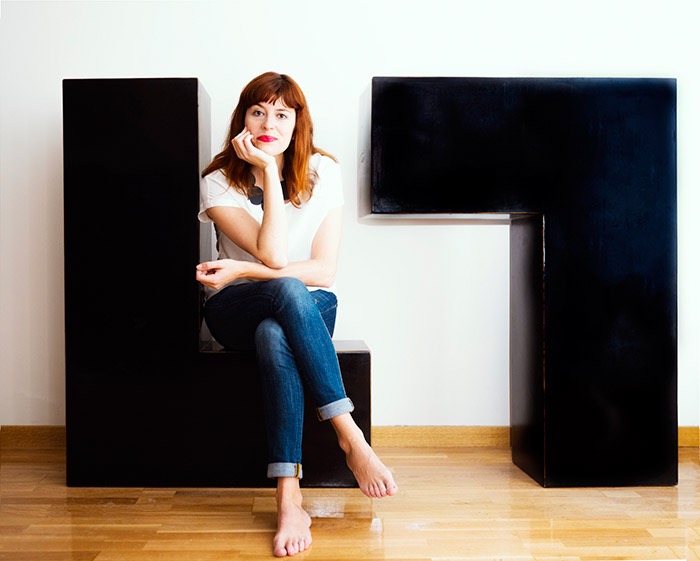
Ana Santos
How did you get interested in photography? Do you have an educational artistic background?
First of all, thank you for the opportunity to be a part of your magazine. I studied Medicine. I come from an extremely traditional family of doctors and architects, so imagine the storm I caused at home when I left my “formal and scientific self” in order to release my inner black sheep and work on what made me truly happy, Photography and Design. They were difficult years because It’s frustrating when your loved ones don not understand what your are doing. It affects your self esteem and confidence.
I remember that since I was a child I thought that photography is a way of life, of finding your space in the universe. It is a way to perceive the layers of the world of your surrounding reality. It is a tool to search and capture the moment, and I really enjoyed consuming symbols and images. Joan Fontcuberta, photographer and writer, explains that what we do today is not take photos but “talk” photos. It’s a thought that lets me understand the current reality, since social media and smartphones have changed our communication and images are a new language, whether we like it or not. Images have become the most spoken language on Earth, one that doesn’t need translation. We live through images. It might be scary but it is the truth. Hence, my natural curiosity and my Art Direction & Graphic Design studies, led me to the Master degree in Conceptual Photography at EFTI.
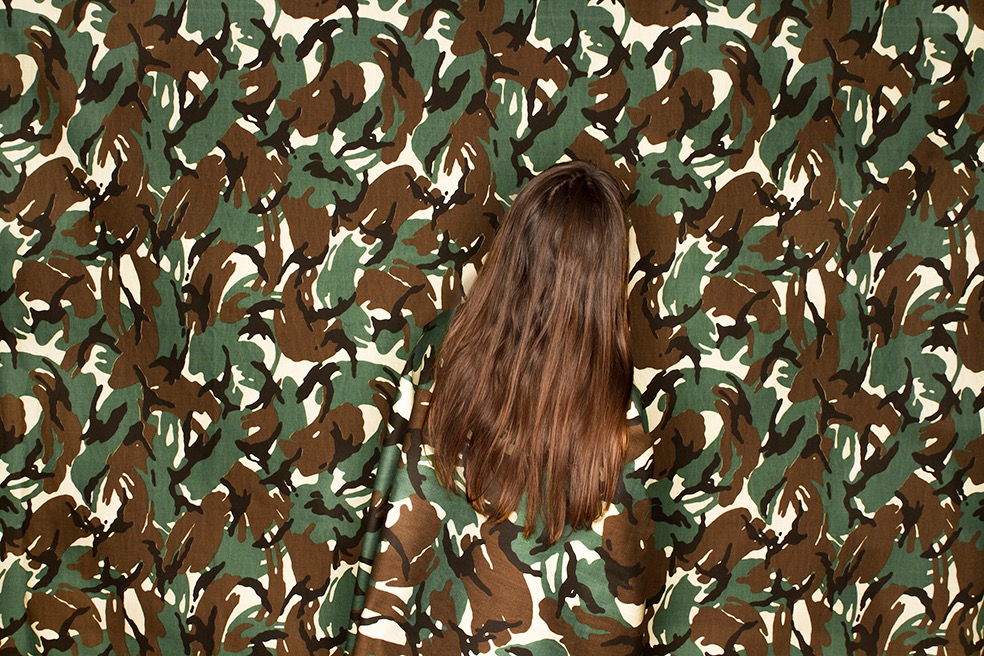
© Ana Santos
Where do you get your creative inspiration from? Is there any other artist or photographer who inspired your art?
Any form of art is an inspiration, but for me, my favorites are architecture, film and literature. Psychology and human behavior are issues I also feel passionate about. I read a lot. Reading is knowledge, it gets you familiar with characters that lead you to unexpected places. Anne Sexton, for example. Her writing made my stomach cringe, but in a positive way. Reading her autobiography in letters and understanding her complex reality was a very authentic experience.
As I said earlier, watching films is very important for a photographer. I watch movies every day. You need to watch all sorts of things in order to enrich your inner world and create a personal visual archive that you can use in your creative process. Art must have a multidimensional meaning: poetic, social, personal, aesthetic and strategic one. The idea behind it must have a structure that makes sense and is attractive. One that makes us leave our comfort zone. It is very very complicated to achieve it these days. Now everything has already been done and it is so difficult to innovate. A photograph must have visual presence, but also go beyond its frame, this is what I think at least. And in order to get this right, you need guiding references. It’s impossible to make a list and I hate lists, but let me mention some names. People that create eye candy for me: Andreas Gursky, Aino Kannisto, Sagmeister & Walsh, Edward Burtynsky, David Hockney, Francesca Woodman, Hiroshi Sugimoto, Cecilia Paredes, Philipe Dujardin, the Dusseldorf league, Todd Hido, Stephen Shore, Javier Vallhonrat, Wes Anderson, Pedro Almodóvar, Paolo Sorrentino, Jim Jarmush… And lately, a colleague of mine from my Master’s degree, she is really onto something and I think that her name will be known soon, Laura San Segundo, I love her work!
How much preparation do you put into taking a photograph or series of photographs? Do you have any preferences regarding cameras and format?
It depends. Sometimes I get an idea and it starts developing in my head and the execution just comes out naturally. Some other times, most of the time actually, a project takes time to forge. In The Chamäleon Project all photos are very well thought and it took me nearly two years to consider it finished. In my projects, I always look for the optimal image quality so the ideal situation would be medium format camera. But, as I said before, it really depends a lot on the kind of project or what you want to tell.
Tell our readers more about your project “Chamaleonidae”.
Chamaleon Project is a symbolic act. It is a balance between shapes (habitat) and women (skin). It is a chromatic discourse that is sometimes ambiguous and other times clear… The chameleon symbolizes inconsistency, survival. In the past it was said that one eye sees the future and the other, the past. It has to do with versatility, change and pretense. It is a supreme deity and a holy animal for many tribes. Chameleons have also been related to fertility and world creation. “Chamaleonidae” is a word that encompasses and defines all of the species that are known to change the color of their skin. This was the base for me to build a space of failed meetings and polarities through modern symbols that are more invasive and saturated, more commercial, in order to talk about universal topics already talked about in III Century B.C. in Nag Hammadi’s Hymn to Isis, a poem about the feminine origin of divinity. Women are chameleonic beings, more so in today’s society where we have to fight for our rights.
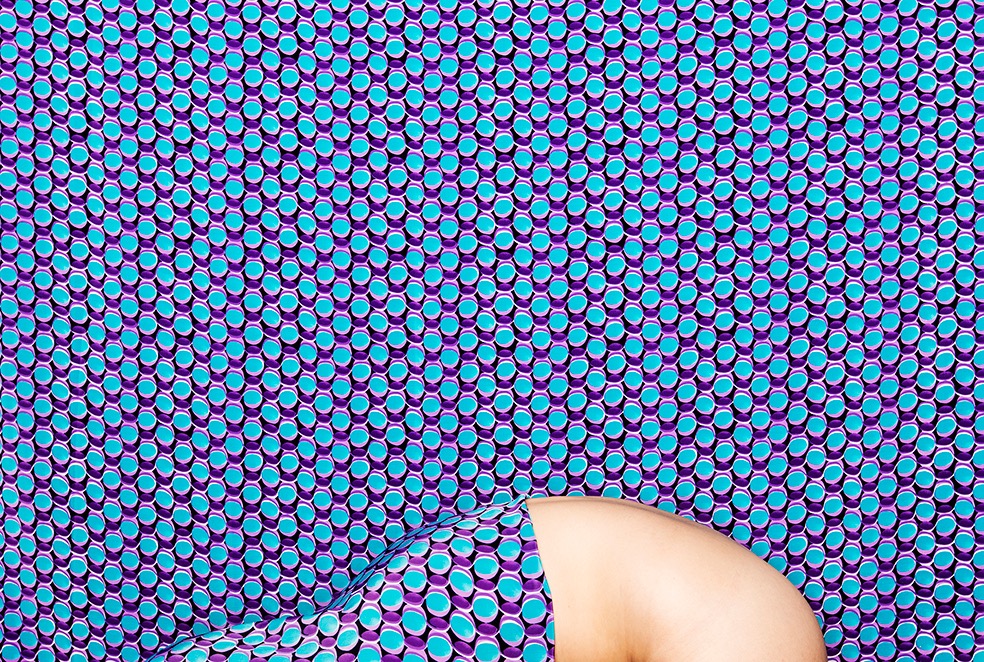
© Ana Santos
Where is your photography going? What are you currently working on and do you have any photographic plans for future?
For now, I am working on a new project that led me to design my own patterns for fabrics and explore further in that sense. I hope I’m onto something! I am doing research for a couple of projects, but nothing concrete yet.
What are your favourite photography books?
“Uncommon places” by Stephen Shore.
“Afronauts” by Cristina de Middel.
“Idilios” by Marta Soul.
“Motobaik” by Christian Rodriguez.
What do you do besides photography?
I think for every person (and for every artist), if possible, it´s important to travel and to learn how other cultures are living to develop a tolerant and open mind and way of thinking. So, I hope to continue walking this way in future and working in design projects and try to enjoy live beside working as a photographer in my hometown, Madrid.
Website: anagarridosantos.com
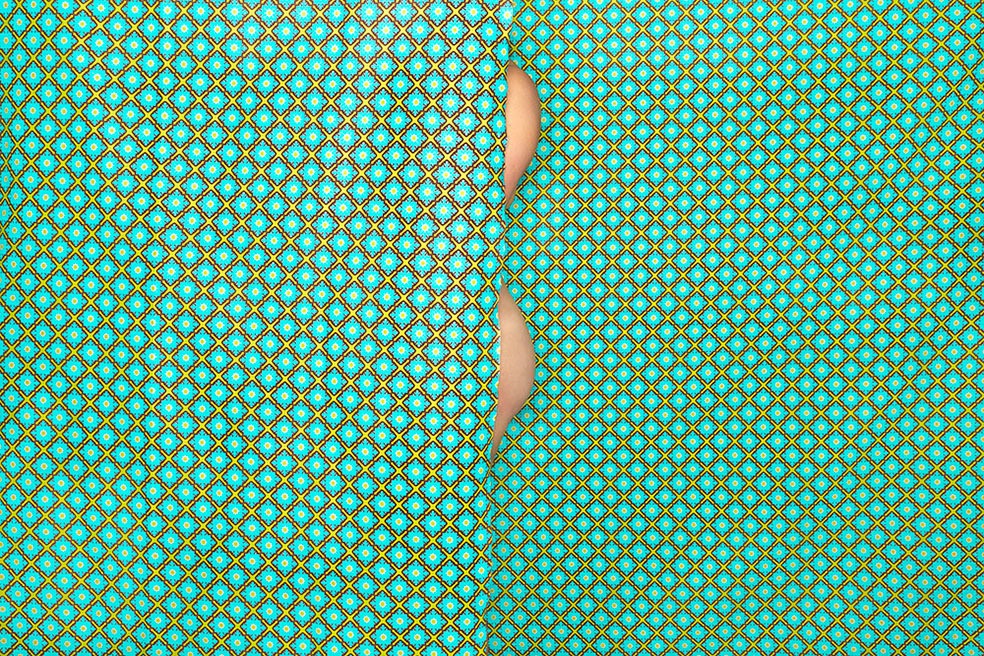
© Ana Santos
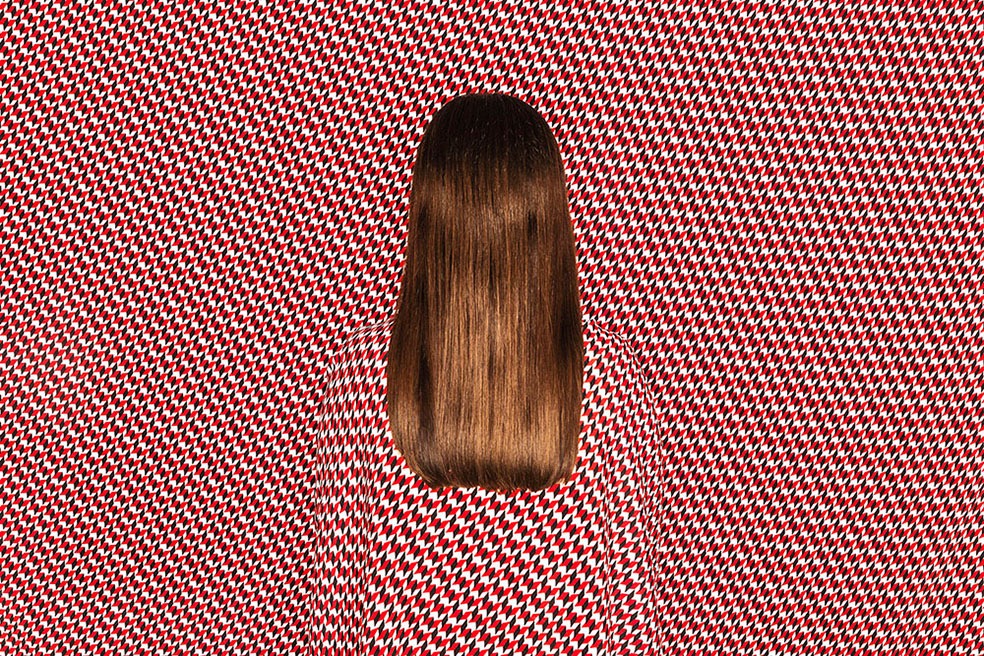
© Ana Santos
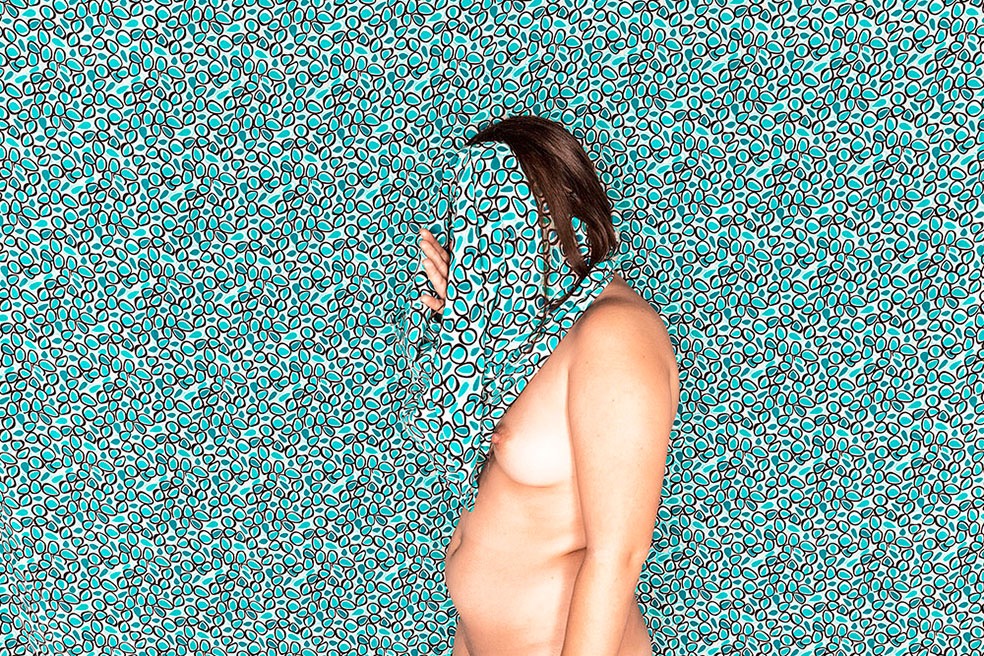
© Ana Santos
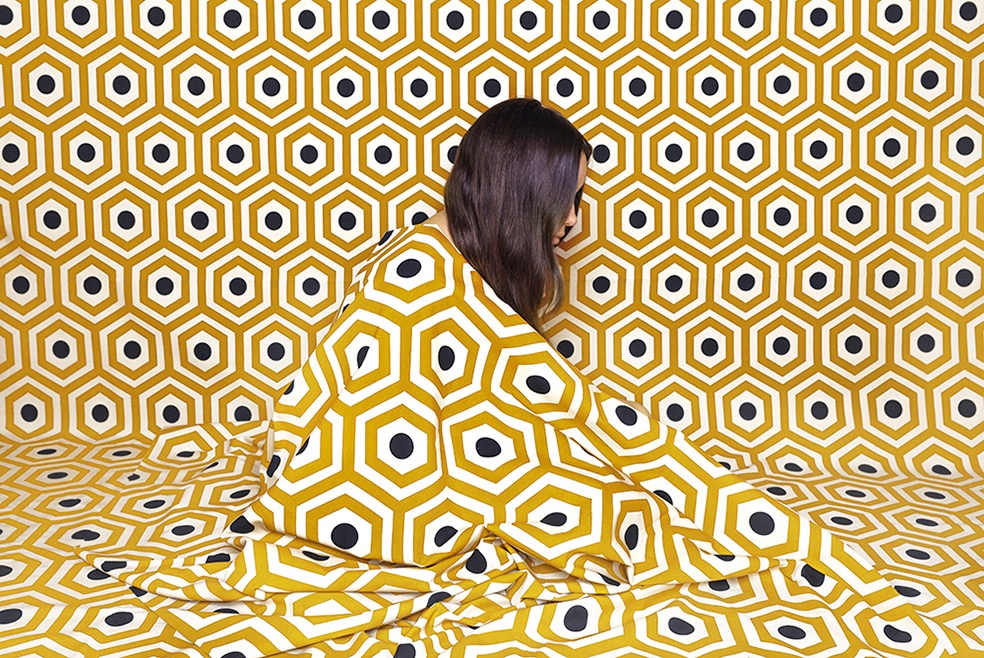
© Ana Santos
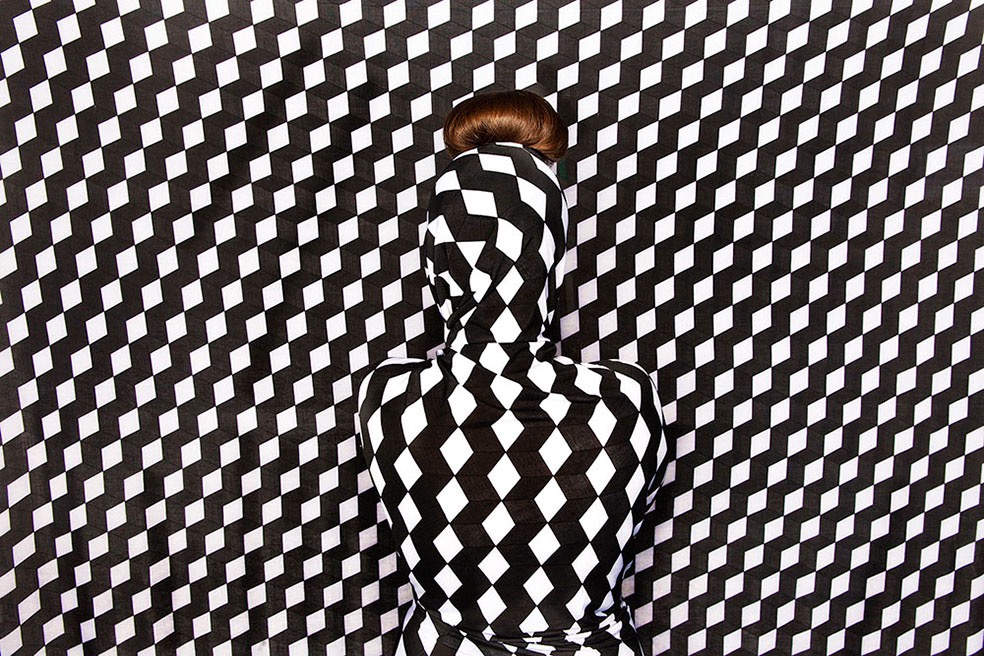
© Ana Santos
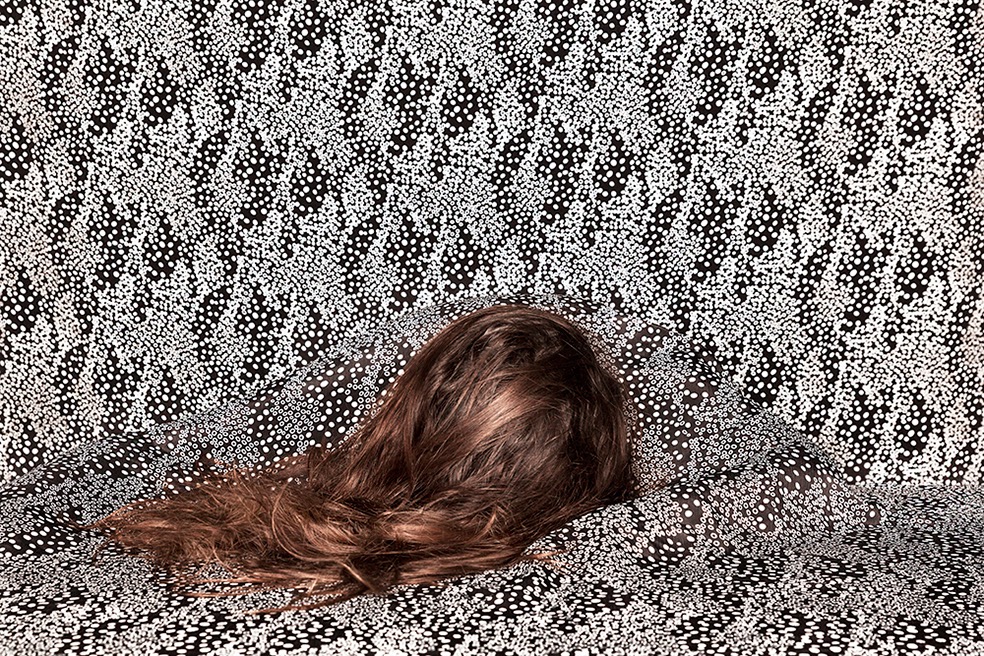
© Ana Santos
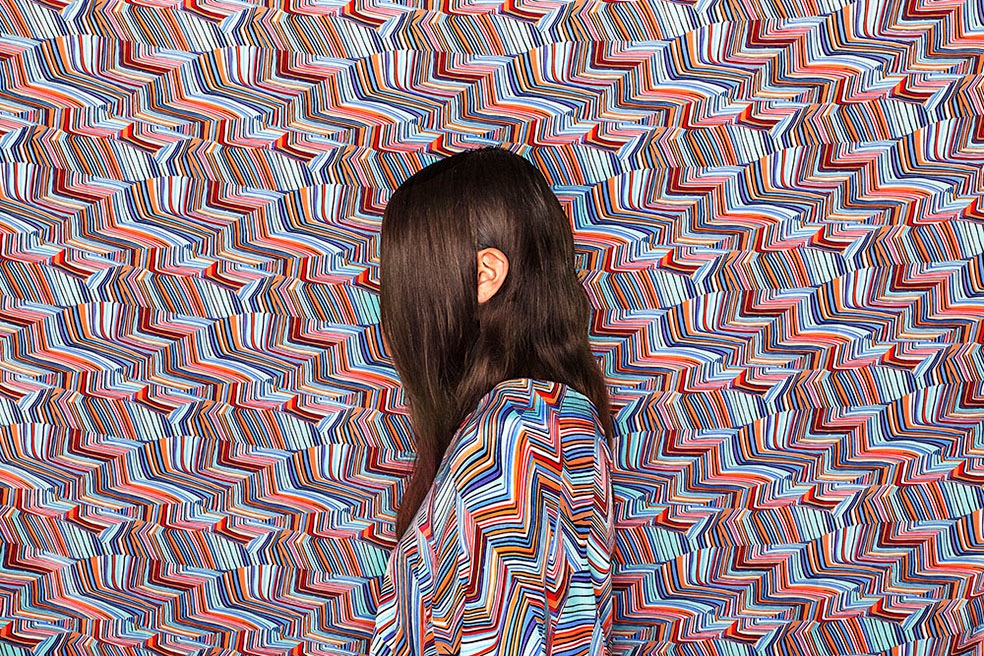
© Ana Santos
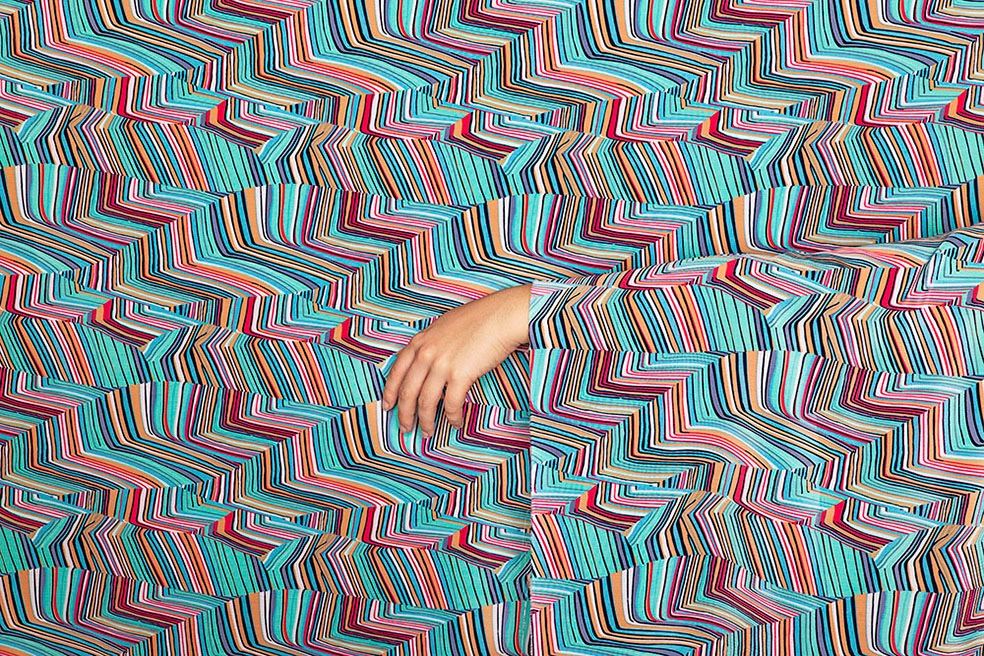
© Ana Santos
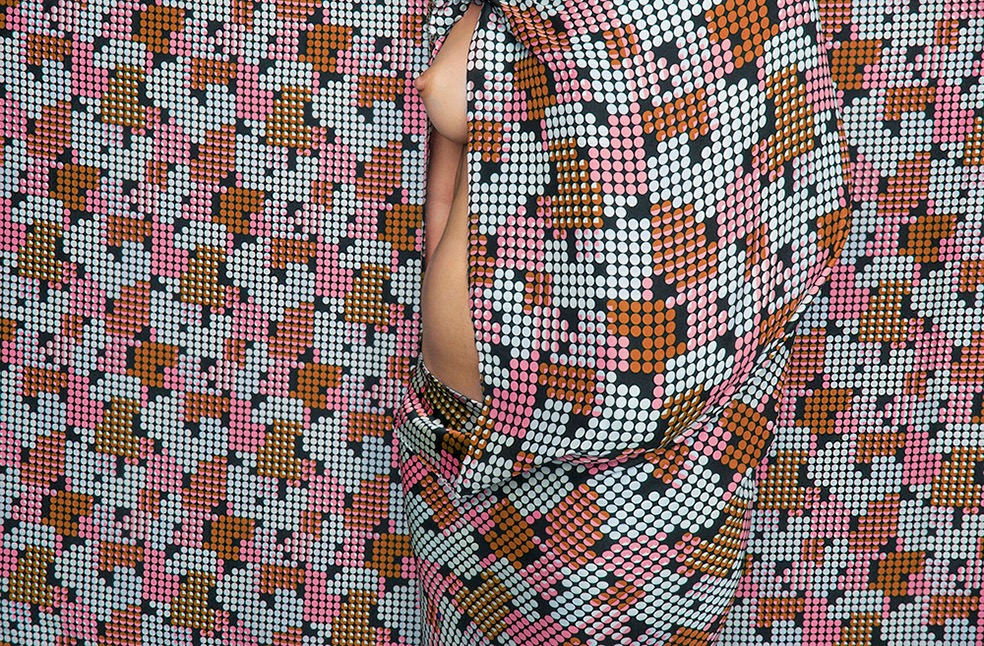
© Ana Santos

